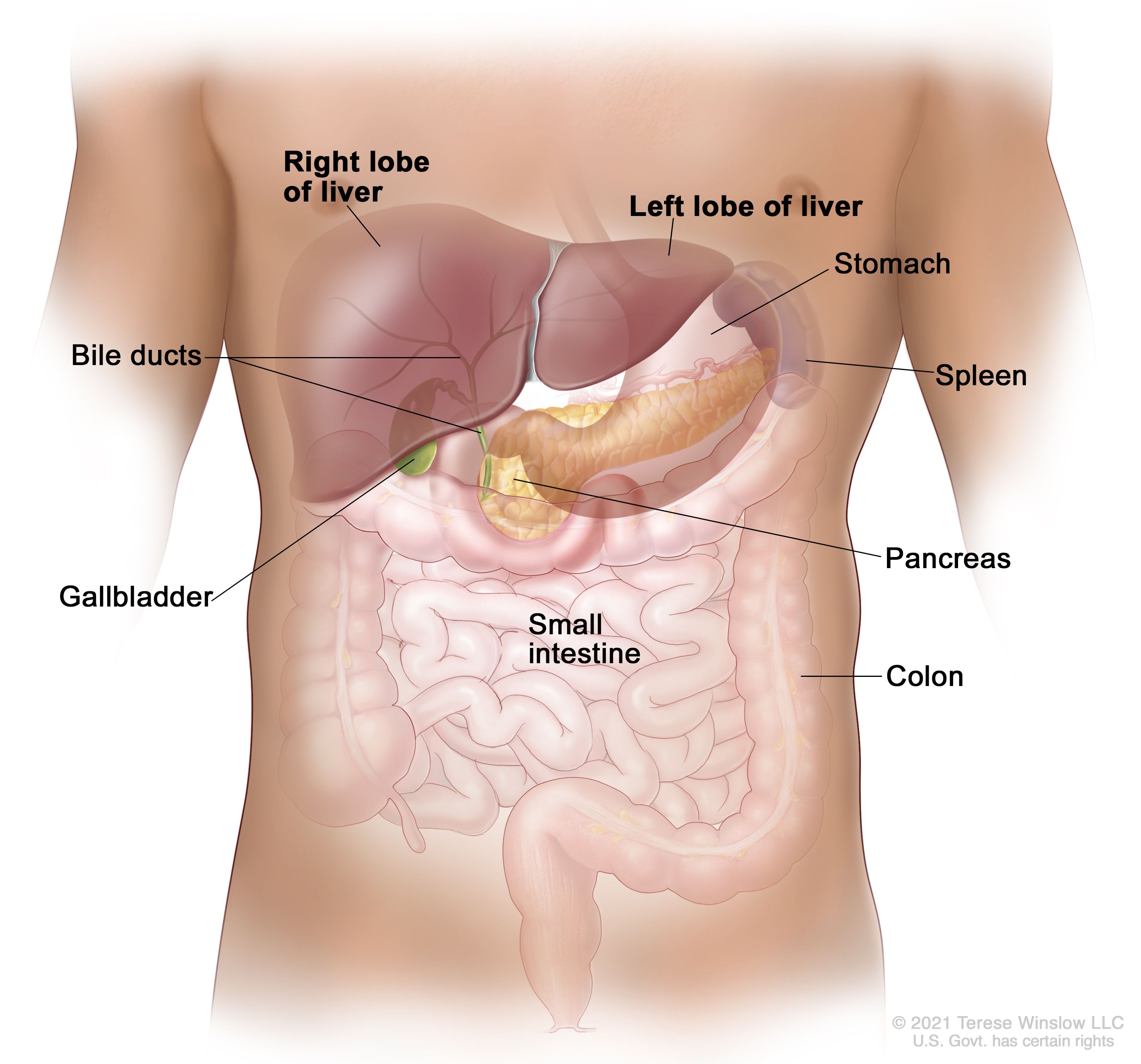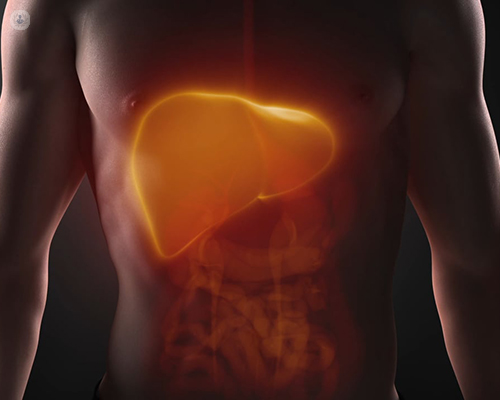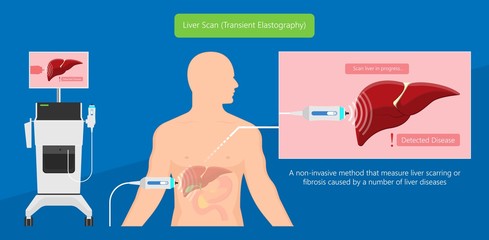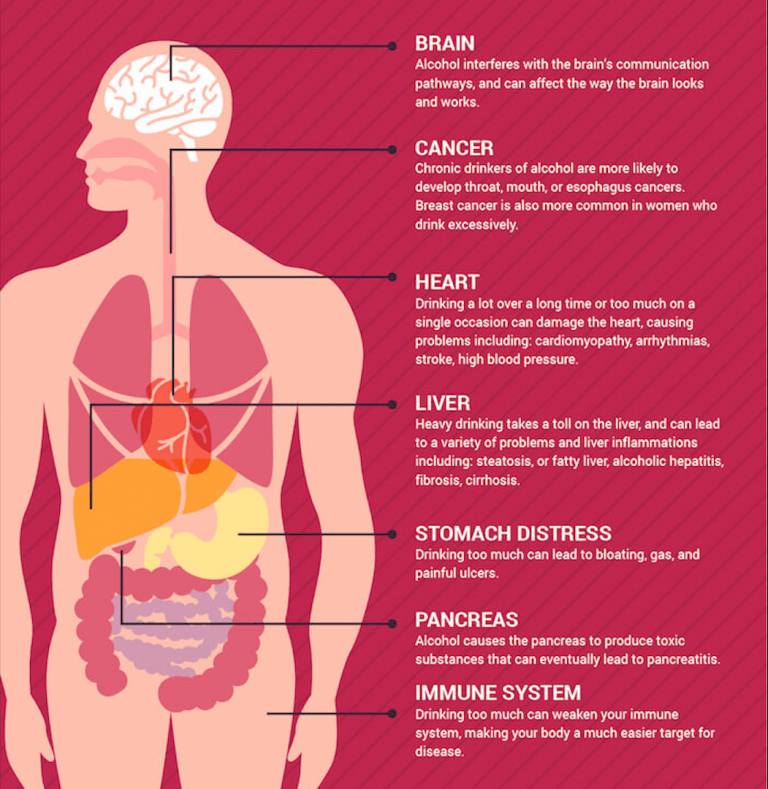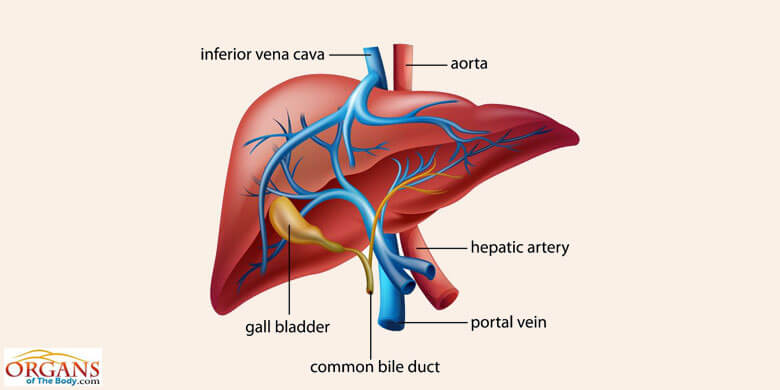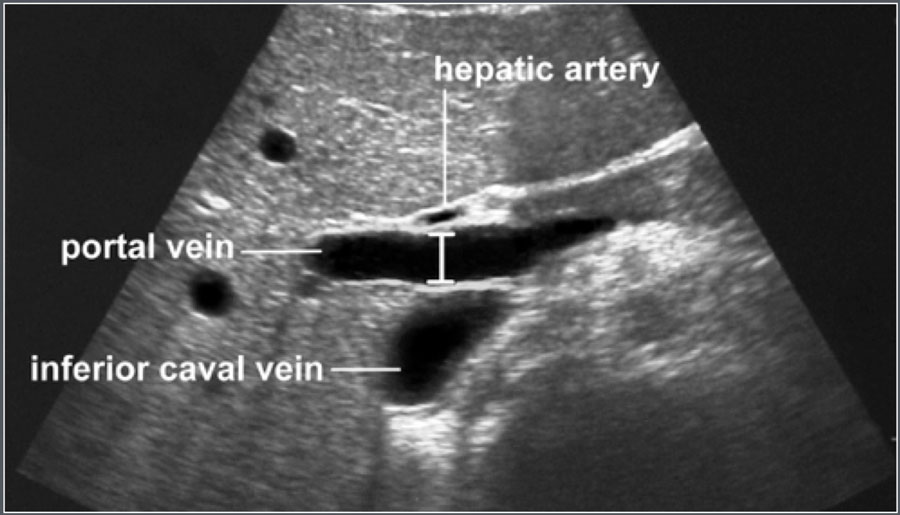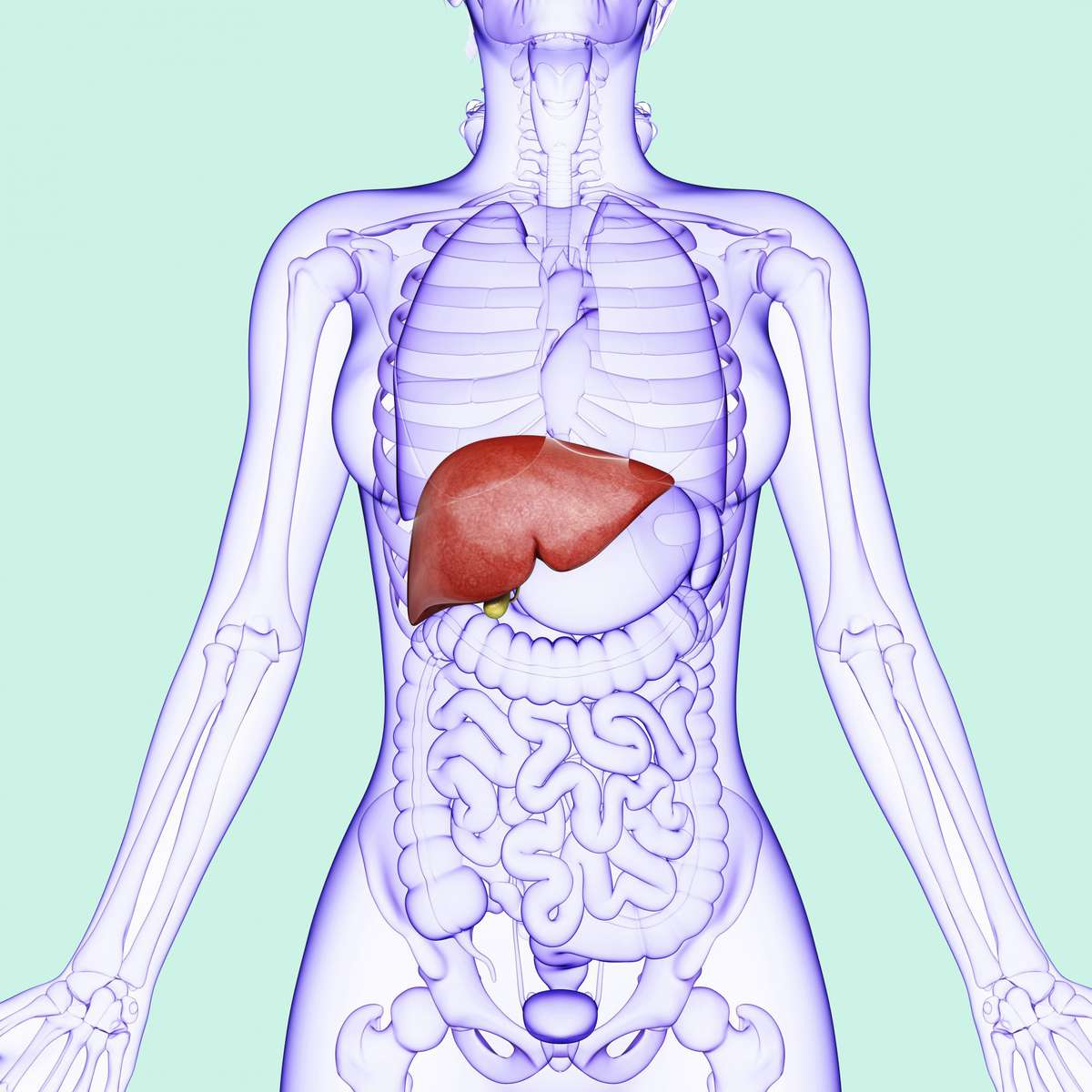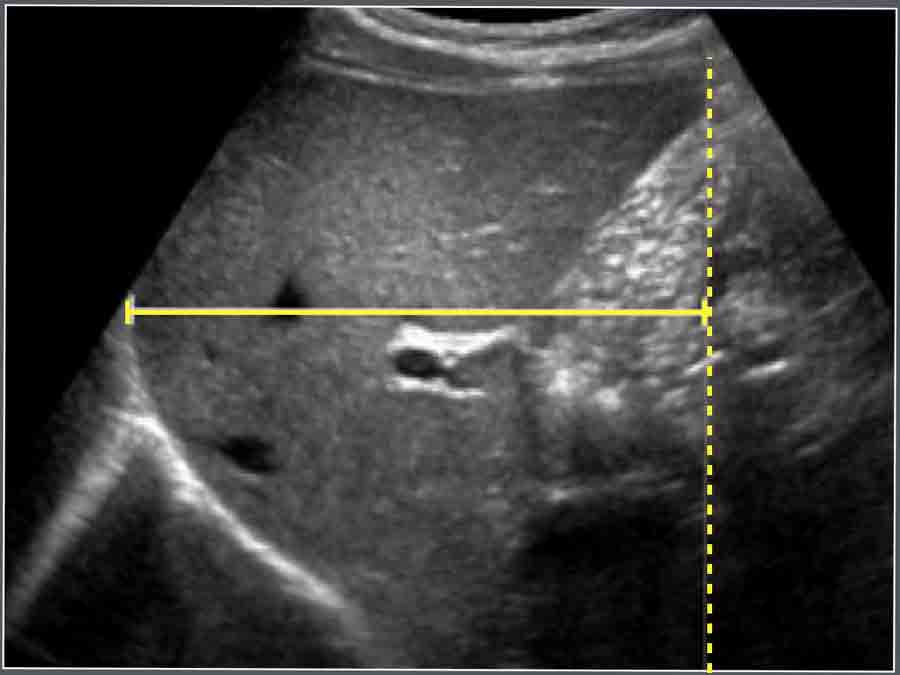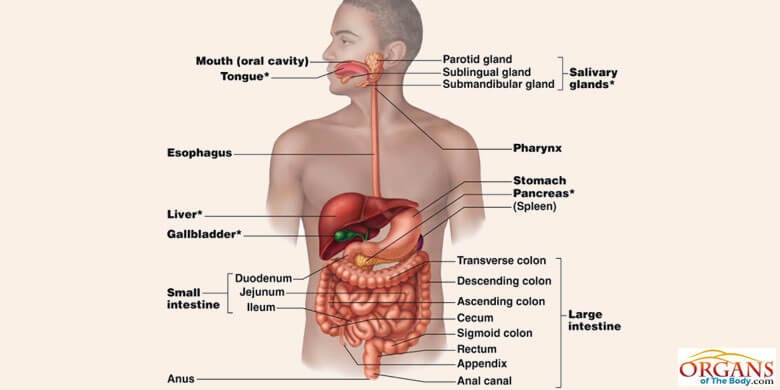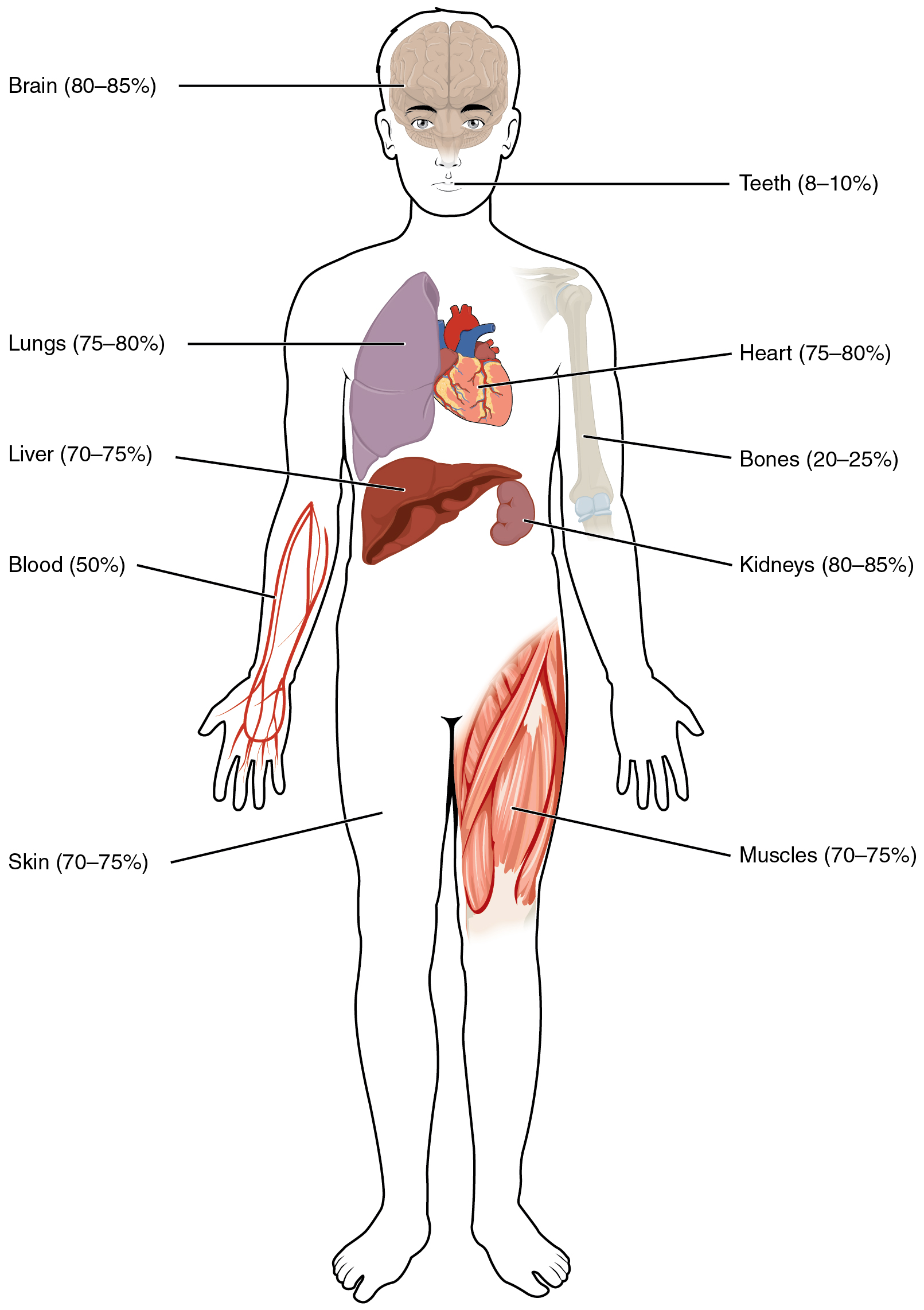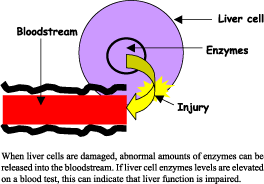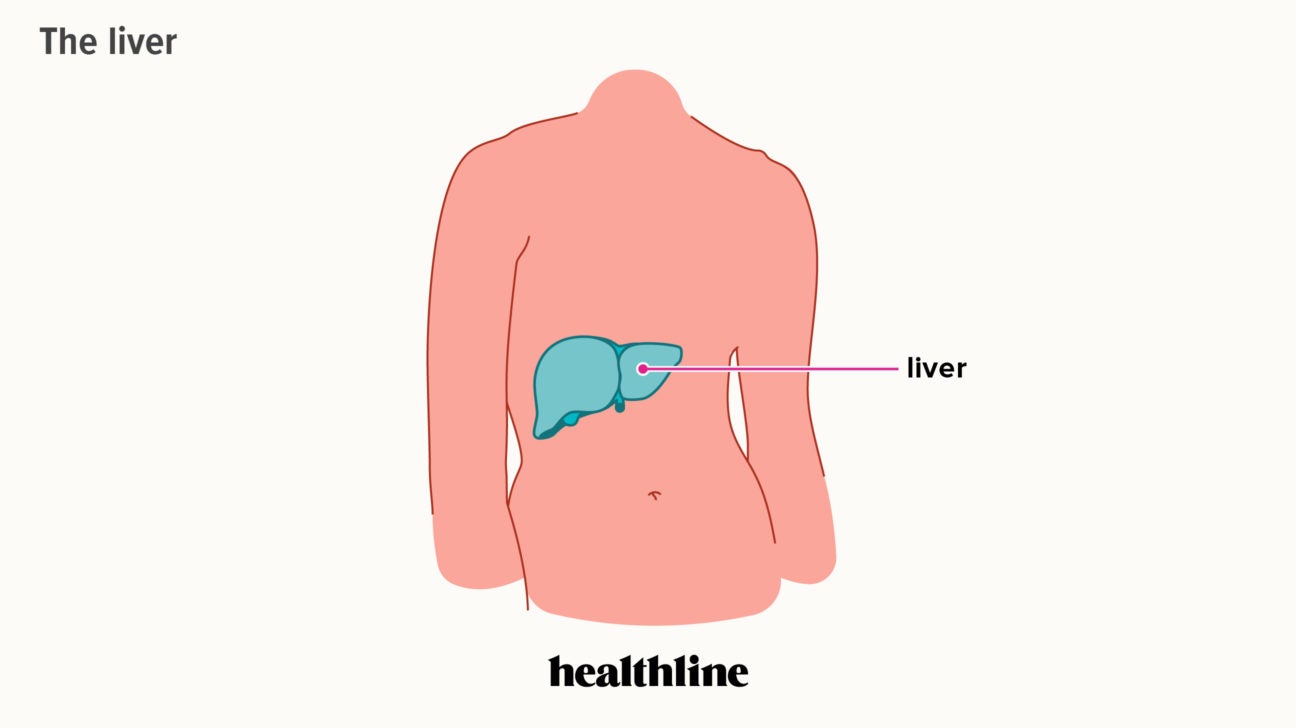
Measurement Of Liver In Human Body
The capability to determine the size of the human liver allows sonographers and physicians improved ability to diagnose and understand underlying liver pathology and to determine the most effective treatment approach to disease. 1 4 accurate liver measurement techniques allow for more effective surgical planning aiding in liver transplantation and determination of adequate residual liver. The liver is the largest organ in the human body. This organ is vital to the bodys metabolic functions and. Age sex body size and shape as well as the particular examination technique utilized eg palpation. Both are made up of 8 segments that consist of 1000 lobules small lobes.
A human liver normally weighs approximately 15 kg 33 lb and has a width of about 15 cm 6 in. The study represents one of the largest populations studied regarding average liver length and it concluded that the average liver size in adults was 55 inches in or 14 centimeters cm. A liver span 2 to 3 cm larger or smaller than these values is considered abnormal. The liver holds about one pint 13 of the bodys blood supply at any given moment. The liver weighs 1200 to 1400 g in the adult woman and 1400 to 1500 g in the adult man. During development liver size increases with increasing age averaging 5 cm span at 5 years and attaining adult size by age 15.
On average it weighs around 3 pounds in adulthood and is roughly the size of a football. The size depends on several factors. The liver is a reddish brown wedge shaped organ with two lobes of unequal size and shape. There is considerable size variation between individuals with the standard reference range for men being 9701860 g 214410 lb and for women 6001770 g 132390 lb. Your liver is your bodys largest solid organ. The liver consists of 2 main lobes.
Random Post
- body measurement cwd
- gima ashi body measurements
- rxz body measurement
- perfect body measurement ratio
- free inbody measurement
- david laid body measurement
- meenakshi joshi body measurement
- anant ambani body measurement
- body by measurements
- greek god body measurements
- mention five importance of body measurement
- abhishek bachchan body measurement
- body fluid measurement
- chyna body measurements
- the body of rules and procedures that guide the measurement
- julia stiles body measurement
- myriam fares body measurement
- body fat measurement victoria bc
- australian bra size measurement
- garry sandhu body measurement
- nia jax body measurements
- body measurements that match
- bella golden body measurement
- big bra size measurement
- nicole maines body measurement
- body measurement of camila cabello
- car body measurements pdf
- ymca measurement body fat
- body measurement assessment
- sudheer babu body measurement
- shehnaz gill body measurement
- weight loss body measurement chart
- body energy measurement
- priyal gor body measurement
- body measurement database
- how to do measurements on body
- keerthi suresh body measurement
- general body measurements
- mithun chakraborty body measurement
- my body measurements
- audrey tautou body measurements
- body measurement ixora
- free printable body measurement chart for weight loss
- body measurement hgb
- varun body measurements
- how does body fat measurement work
- bra measurement in hindi
- body fat measurement atlanta
- how to get body measurements without a tape measure
- procedure in taking body measurement for ladies trousers

